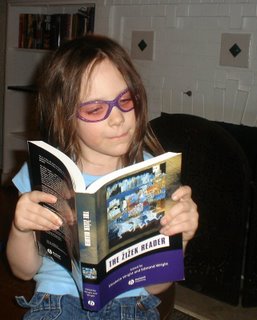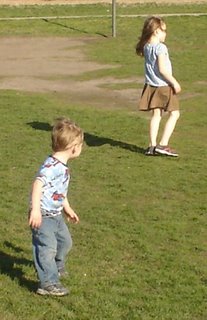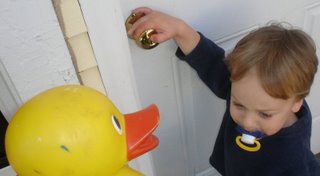Knowledge Management and the Classroom
 I’ve been reading about Knowledge Management (KM) lately, and I began to think about its application to education. Systems theorist Russell Ackoff posits that the mind can be classified into 5 categories—data, information, knowledge, understanding, and wisdom. The big split comes between information and knowledge. Data and information are inert—they do not cause things to happen. Traditionally, education has focused on knowledge—the domain in which data and information get committed to memory. Not surprisingly, knowledge level learners can regurgitate the facts. They can take data and information and kick back some of it because some of it stuck in their memory. However, knowledge level teaching and learning is not where the cognitive action is. Real, deep learning occurs at the understanding and wisdom levels. These are the levels that require students to synthesize information and create. When students synthesize information they take new information and integrate it with prior knowledge. The more a student synthesizes the more a student gets to the why. Likewise, when students work at the wisdom level they create theory. The question is at what level does student learning terminate? How do we know? The short answer is “ask”. At a minimum we want students to learn at the level of understanding. We can facilitate deep learning if we relentlessly probe prior knowledge and connect it to new knowledge through writing and peer dialogue. All too often prior knowledge is queried at the beginning of a lesson, only to stay there. However, by explicitly revisiting prior knowledge in light of new knowledge we can help students to create synthesized knowledge. Another key to understanding is the ability to communicate effectively within the discourse. As teachers we can immerse students in the discourse of the subject matter. If we want students to talk in class they need to be taught how to talk in class. This includes building the requisite subject level vocabulary. The key of course is getting students to use this language in peer dialogues. Simply, the student that can integrate the term metaphor into a sophisticated peer dialogue about literature knows metaphor far better than a student that can define the term metaphor on a test. Knowledge gets you in the game; understanding wins the game; wisdom takes the series. |







